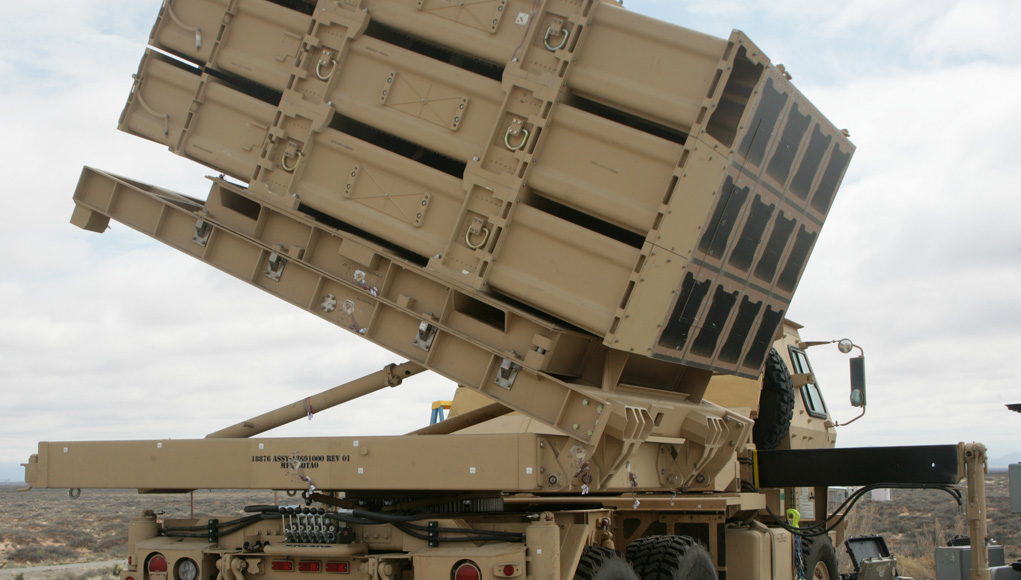The U.S. Army successfully fired a Stinger missile from its newest launch platform last week. The test that took place at Eglin test range on March 23, 2016 was part of a demonstration of the Army’s new Indirect Fire Protection Capability Increment 2-Intercept (IFPC Inc 2-I) platform’s Multi-Mission Launcher (MML). The launcher consists of fifteen tubes, each of which can hold either a single large interceptor or multiple smaller interceptors. The recent test used single tube configured to carry the stinger.
The IFPC Inc 2-I system is a mobile ground-based weapon system designed to defeat unmanned aircraft systems, cruise missiles, and rockets, artillery, and mortars.
This new launcher is designed to fire a variety of different interceptor missiles, depending on the threat. Stinger, originally developed as a man-portable air defense infrared homing surface-to-air missile, has been adapted to fire from a wide variety of ground vehicles, such as the MML. The Army plans to test fire a variety missiles as part of an IFPC Inc 2-I Engineering Demonstration at White Sands Missile Range, N.M., in the coming weeks.
The MML is mounted on a medium tactical vehicle. The launcher can rotate 360 degrees and elevate from 0-90 degrees. Developed using an open systems architecture, the launcher will interface to the IBCS Engagement Operations Center to support and coordinate target engagements.
In addition to the MML, the IFPC Inc 2-I System will use the Integrated Air and Missile Defense Battle Command System (IBCS) for its command and control, a Sentinel radar, and existing interceptors to provide 360-degree protection with the ability to engage simultaneous threats arriving from different azimuths.





















